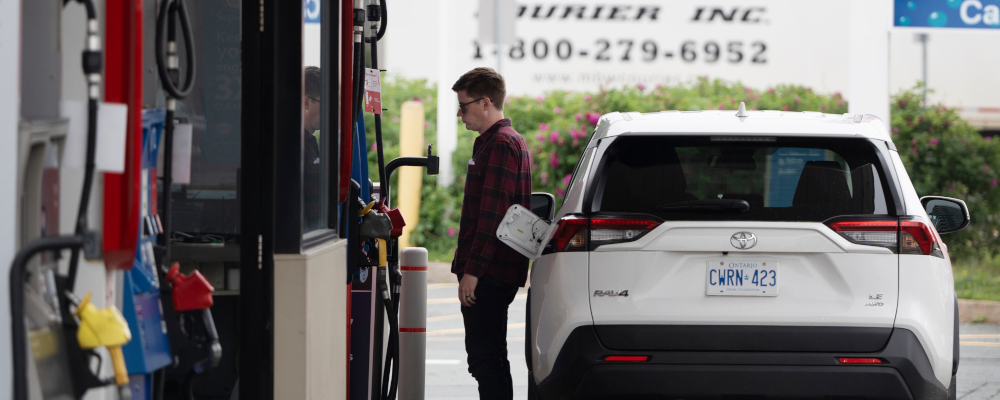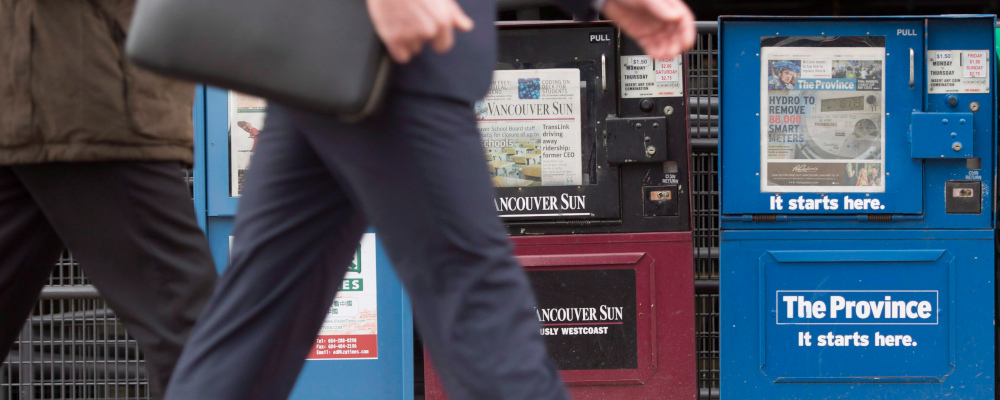In 1977, amid widespread political change, the American political scientist Ronald Inglehart introduced his theory of post-materialist values. Drawing upon Maslow’s hierarchy of needs, it theorized that, in contrast to prior generations, widespread economic prosperity and personality security would produce voters that were more likely to prioritize issues related to self-actualization. It meant, in effect, that the basis of political contestation would shift away from the economy and to more social, cultural, or identitarian issues—civil rights, social justice, and environmentalism, for example. It was to be shaped by a population that not only cared less about material conditions, but would come to place much greater value in more expansive ideas of egalitarianism, social justice, and tolerance of individual difference.
The notion of post-materialist values, rather than just being an academic research paradigm, has seeped into popular discourse to form something of common wisdom. More specifically, it has helped to produce the prevailing impression that contemporary politics has become primarily about identity. The momentum of the post-WW2 civil rights movement has seemingly produced a trajectory that continues today, in which a cascade of emergent identity groups advance their own claims for special recognition. And, at the same time, it is common to interpret the growing polarization of the electorate as primarily identitarian, linked to the formation of competing social identities and incompatible social visions. This has been ascribed to the (no longer) “new” Left’s shift from a focus on class conflict to the more nebulous politics of tolerance, and it has been argued that contemporary right-wing populism is an expression of the feeling of social or cultural, rather than strictly economic, dislocation.
When broad social trends are observed, Inglehart’s initial predictions have come true to some extent.Most of the developed world, including Canada, is far more tolerant, egalitarian, and less deferential in their broad values, tending, for example, to overwhelmingly support gender equality, multiculturalism, abortion access, and same-sex marriage. Still, when it comes to understanding Canadian politics—specifically electoral outcomes and voting behaviour—post-materialism is both inaccurate and not very useful. In fact, while broad post-materialist changes have taken place, the evidence suggests that identitarian or culturally focused politics are on the decline in Canada.Indeed, since the 1990s, Canadians have become more concerned with standard material, economic, and security issues, and they have become more divided along geographical lines that are more about distinctions in interest rather than identity. The only real exception is younger voters who, for several decades, tend to prioritize environmentalism and social justice, direct action, and Left-leaning parties before moderating as they get older.
More short-term trends suggest that it is likely to only increase in the immediate electoral period. There are several widespread developments, such as inflation, housing, unaffordability, and rising crime rates, that have direct, detrimental effects on individual well-being. There are also indications that the more recent focus on culture wars—what Musa al-Gharbi has called the “Great Awokening”—has declined in public salience. Interestingly, all of these developments continue to be felt the strongest by younger adults suggesting, perhaps, that a generation of more materialist and conservative voting behaviour may be imminent.
As with other projections, Canada’s own history and unique historical political development may mark it off as an exception from the general post-materialist or identitarian trend. Specifically, it is the fact that Canadian politics has always been preoccupied with questions related with identity, tolerance, and accommodation. The country never really developed the sort of initial class-based, materialist political divisions of most other democracies but was, instead, dominated by loose, programmatically thin “brokerage parties” that managed the much more salient divisions between regional, linguistic, and religious differences.
Instead, it seems like conventional, materialist politics shaped by individual interest rather than identity have emerged recently as a replacement. The stalemate and collective fatigue produced by the extended process of constitutional wrangling led to a decline in most incentives or interest to mobilize on the basis of these differences, bringing to the surface a desire to take up “normal” politics.Once in power, for example, the Harper Conservatives gradually discarded their Reform party roots and desire for serious institutional reform with a standard neoliberal playbook for electoral contests; and to this, they were met by a Liberal party that—since the late Chretien years—had moved from a focus on national unity and Quebec to more common centre-Left stances. While Canada’s regional differences still matter, the concept of “regionalism” itself must be expanded: differences in voting behaviour have developed away from territorially and socially cohesive groups to those more (but not exclusively) aligned with simple material interest, particularly the differences between rural, suburban, and urban areas.
This more recent importance of materialist politics, rather than identitarian differences, is supported by the data. While the number of observed “post-materialist voters” has grown over time, most Canadians have and continue to prioritize issues related to more direct economic, security, or well-being metrics—particularly economic growth, affordability, job creation, and health care—above identitarian issues or those more directly linked to self-actualization. Changes in these, whether real or perceived, have very large impacts on electoral outcomes, and, in contrast to the media’s focus on personal controversy, it is a substantive component of each major political party’s platform and electoral strategy. Importantly, somebody’s personal level of post-materialism has been found to have a very limited impact on their general ideological orientation.
Younger voters, typically measured as those under 35, are the only exception to this pattern. While their ideology remains the same (the differences between a person’s underlying liberal and conservative tendencies don’t actually change that much over a lifetime), they still overwhelmingly tend to prioritize more post-materialist issues, direct political action, and Left-leaning parties. Even then, they will still come to gradually resemble the rest of the population as they get older, demonstrating, rather than a permanent generational change, a pattern that is more likely linked to the stage of life; while maintaining the same level of support for social causes, their material concerns will tend to trump them in terms of electoral priorities.
It is in this regard, then, that one may be able to account for the continuing success of the Liberals as a centrist party, even if more materialist politics in a majoritarian system tend to favour consolidation around Left and Right alternatives. At its most effective, the party can utilize its history as the “national unity” party to articulate a loose progressive social vision—including emphases on multiculturalism, gender equality, and individual rights—that appeals to these post-materialist sentiments. But, at the same time, they include these alongside generally moderate policy prescriptions to address more materialist concerns linked to economic growth, affordability, and health care.
Current policy problems do suggest that the Canadian electorate’s more materialist preoccupations will only become more important in the short term. In particular, the way in which they tend to disproportionately impact younger voters may mean that even this segment is less influenced by their conventional focus on social justice or identitarian issues; post-materialism, in short, may skip a generation.
There is, first, the broader lack of both perceived and real economic security. Some of this is long-term, linked to more pervasive policy problems: uneven growth, slow wage growth, widespread student and consumer debt, decreased unionization, and reliance on insecure gig work. But other more immediate factors, particularly inflation, have made this more severe. The point is that since 2020, perceptions of economic security have declined, Canadians have been more likely to indicate they struggle, and they are more pessimistic about their future prospects. For younger voters seeking economic security, the implications are clear enough; and no issue is more revealing than the inaccessibility of home ownership, long seen as a primary early foundation for economic self-determination.
Personal security may also be getting more salient because of increased crime, much of which is violent. Recent figures show that this works both ways, as crime itself has not only grown objectively but Canadians as a whole, across the country, feel less safe.This is particularly the case for residents of each of the major Canadian cities, where the looming challenges of homelessness, opioid addiction, mental health, and crime all show pervasive links.

There is, finally, evidence that the cultural wars of the last decade, the sort that orbit around the labels of “wokeism” and “cancel culture”, are losing salience among the public as an important political issue. Data suggests that a number of broader practices associated with the cultural movement—protest activity, expressions of “cancel culture”, media attention on prejudice, and corporate funding of EDI programs—have been in steady decline for the last several years. Just as important, though, are some indications of broader cultural shifts among younger voters in which, as a pushback against the seriousness and moralism of the last decade, subversion, ironic detachment, and a more nonchalant disposition are encouraged.
The degree to which these developments will have either long or short-term effects remains to be seen, of course. Still, it clearly demonstrates that the more materialist orientation of contemporary Canadian voters is bound to become more considerable and discontent for the next couple of electoral contests, even subsuming those that tend to engage with it the least. Currently, the Liberal’s status as the incumbent government means that they are the main losers. The Conservatives are now the most supported party among those who say they are struggling economically, and they continue to have the support of a plurality of younger voters. But whether this reflects more long-lasting changes, rather than simply reflective of discontent with the status quo, is unclear.
The identitarian, post-materialist, or cultural orientation of the Canadian electorate is overstated. This underlies an important point that, while commonly stated, seems to be consistently forgotten: the average voter, for all their elusiveness, doesn’t really care for or pay attention to politics beyond their immediate economic and personal well-being.
Recommended for You

The Weekly Wrap: It’s time to cut through Chesterton’s Fence and implement sweeping reform in Canada

Has the Left lost its masculine energy?

Ginny Roth: J.D. Vance, Pierre Poilievre, and how they slice their economic pie

David Polansky: As President Biden leaves the race, will the Democratic Party hodgepodge hold?









